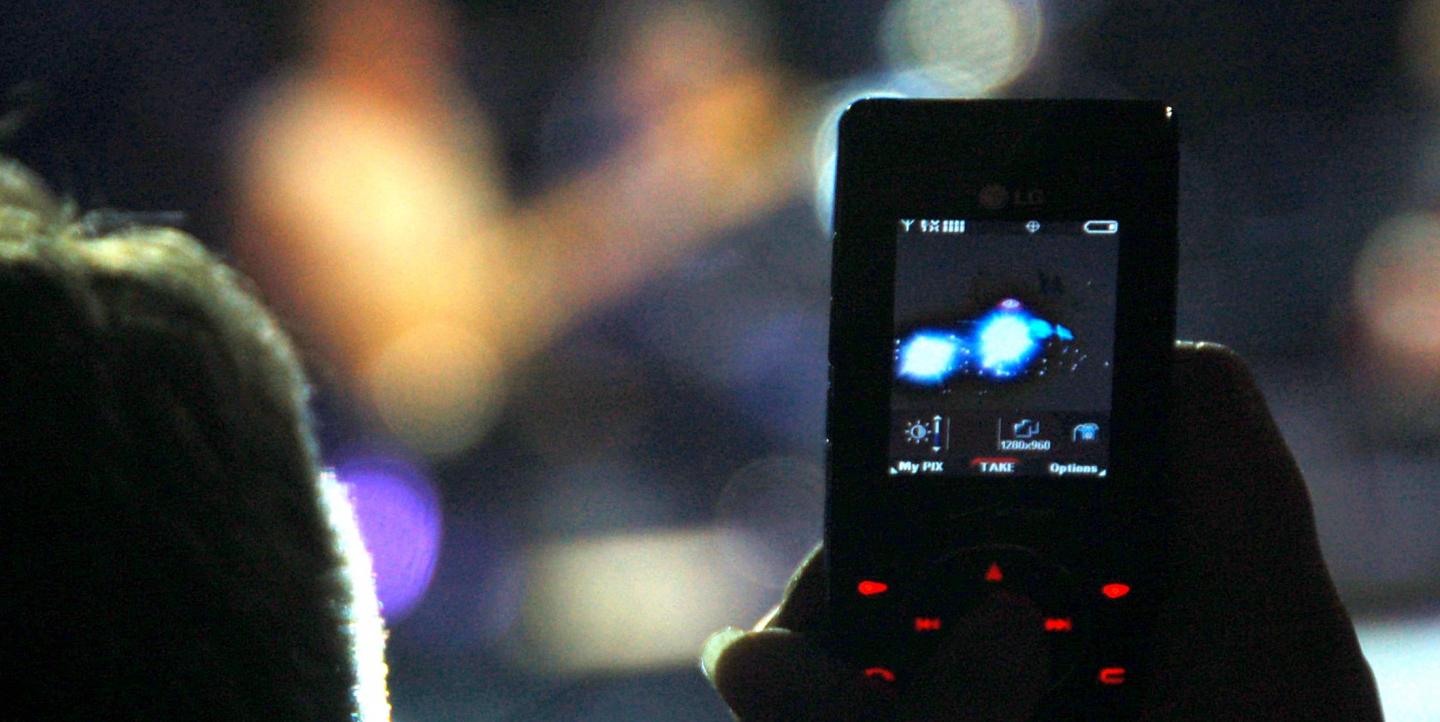User-generated content is a given in storytelling from war and conflict zones. But confirming the authenticity of images and videos remains tricky, both for the media and for authorities seeking to investigate and prosecute human rights abuses.
A new mobile app aims to help with verification by enabling users to capture and share footage anonymously with legal experts. EyeWitness to Atrocities, from the London-based International Bar Association (IBA), verifies that images and videos have not been edited or manipulated and then sends them to a database for analysis. From there, footage can be sent to authorities or used to pursue criminal charges.
"Instead of having unattributed footage appear on social media and then disappear within days, we are equipping people with tools to rise above the noise and misinformation," says Wendy Betts, director of eyeWitness to Atrocities. "That way they can increase the impact of the information they’re already collecting."
The idea for eyeWitness came about in 2011, following a rash of high-profile events that were captured on video but impossible to authenticate. For instance, in 2009, British broadcaster Channel 4 showed a video of Sri Lankan troops executing Tamil prisoners, but Sri Lanka's government said it was fake and broadcast its own version of the video.
Around that time, IBA Executive Director Mark Ellis was repeatedly called upon to comment on the value of footage as evidence of war crimes, crimes against humanity and torture, but he was always forced to say the same thing: That the conduct in the footage appeared to be criminal, but couldn’t be authenticated. Frustrated, he felt something had to be done.
So IBA developed the app, currently available for Android devices in several languages, specifically with journalists, citizen journalists and human rights activists in mind. It has been designed to look and feel similar to the phone’s camera.
Users have the choice to take a photograph or record video or audio. As a file is captured, the eyeWitness app collects and embeds metadata in real-time, including GPS coordinates, date and time, device movement data and location of surrounding objects, such as cell towers and Wi-Fi networks. This verifies the date, time and location of the footage. The app then embeds a unique code (known as a hash value) to verify the footage has not been edited or altered in any way. It’s saved in a secure gallery and accessed via a passcode — not in the phone’s standard photo gallery.
Once that process is complete, the user can send the image from the app directly to a secure storage facility maintained by eyeWitness. If Internet access is not available or reliable, the files can be transferred to an SD card for hand delivery.
It’s very similar to the conventional process for taking a photo or video, Betts says, except "the user has just siphoned off an evidence-worthy version at the outset."
Users will also have access to a decrypted version, which they can use however they like, such as in news stories or on YouTube or other social media. Upon request, eyeWitness can also verify — to a news outlet or other entity — the date and location of footage and that it has not been altered.
For safety purposes, users can hide or delete the app at any moment in case of emergency.
Since eyeWitness’ launch in June, it’s been downloaded by people from 130 countries, Betts says. IBA hopes it will be used by people in some of the world’s most notorious conflict zones, like Syria.
"Journalists can now know that the info they capture can have a life span beyond their story," Betts says.
Image CC-licensed on Flickr via Scott Ableman.

